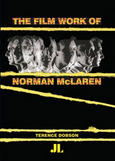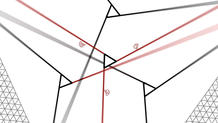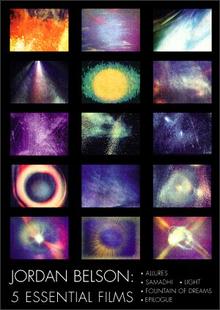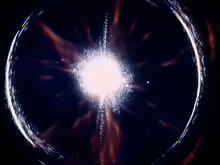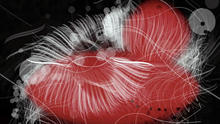Combustion
(2011)by Montreal-based designer Renaud Hallee is a synaesthesic voyage into the fiery elements. Official Selection Toronto International Film Festival (TIFF) and SXSW.
Combustion plunges the viewer, from each image and note to the next, closer and closer to its materials as they catch fire and culminate in an explosion of colours and sounds! Carried along by a scorching musical score, Combustion is a brisk and novel look at fire, a source of fascination for everyone everywhere since the beginning of time.
Source: SXSW
